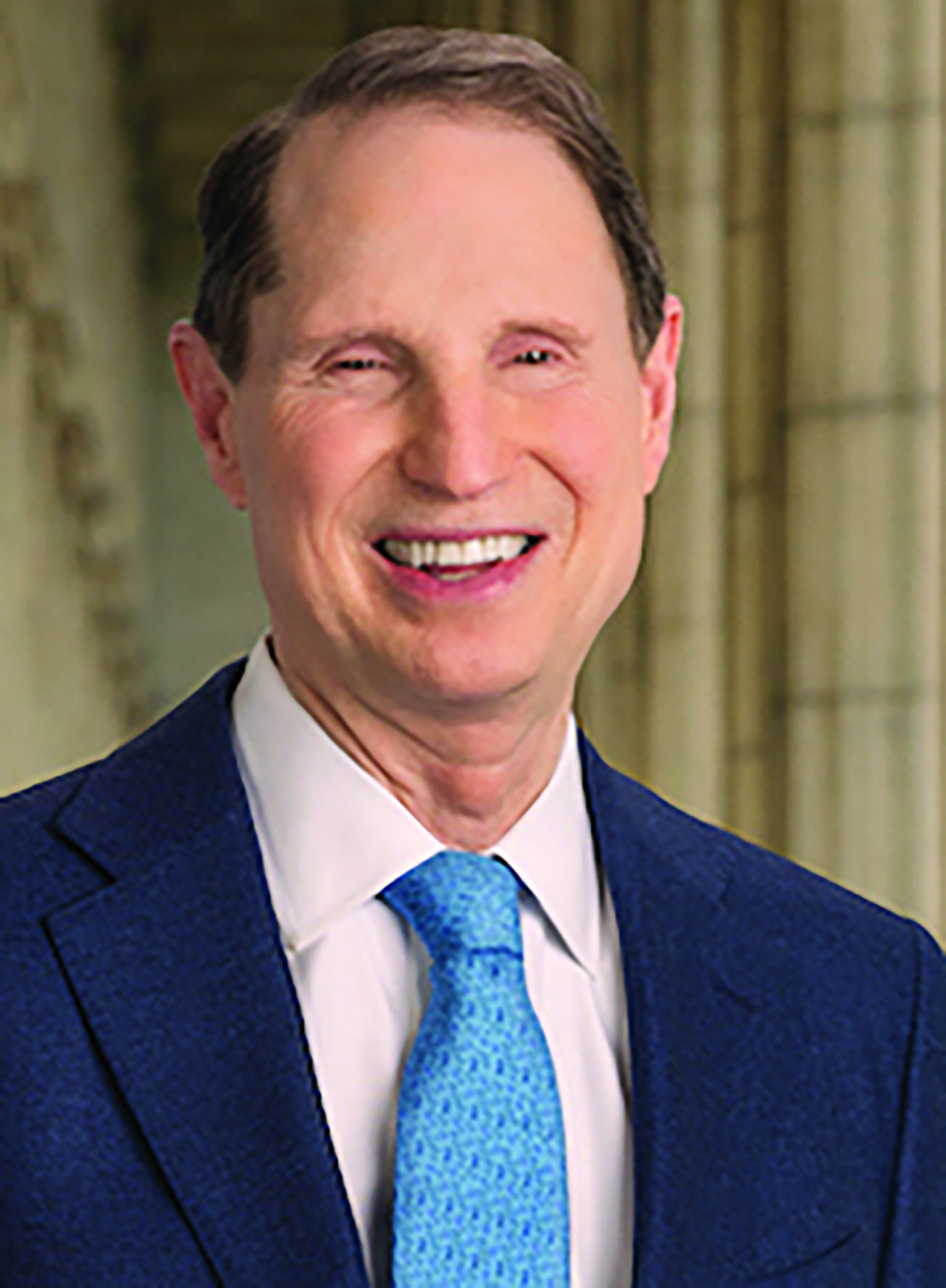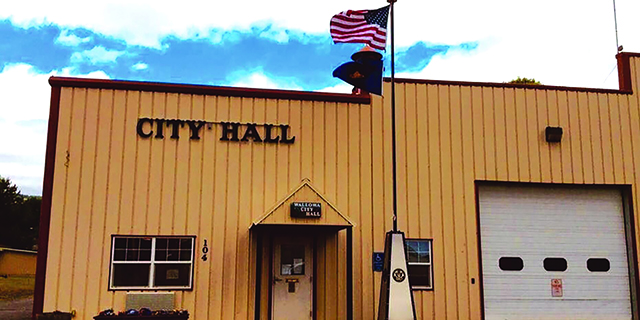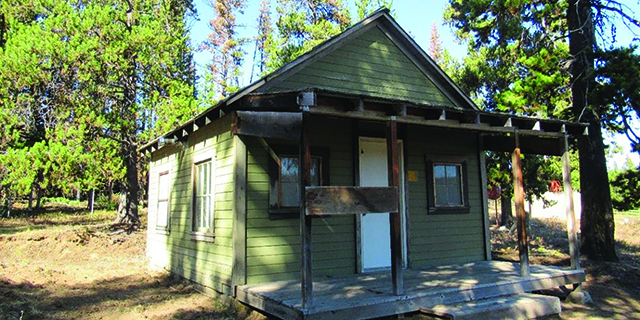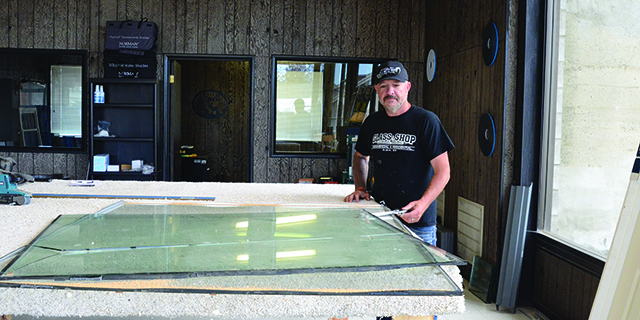Wallowa County and issues of race
Published 10:56 am Tuesday, August 15, 2017
A retired teacher friend told me recently that when he graduated from a local high school, he was ready for the world. The work and study skills and interactions with fellow students, teachers and townspeople — all white — sent him into a world where political, economic and social power were in the hands of whites. But, he continued, “I worry about students coming out of county schools today. I don’t think they’re prepared for the world that’s out there.”
The horrible events in Virginia of the last few days sent me back to his words — and to my own upbringing, racially clearer now in the rear-view mirror.
Trending
I started out in rural Minnesota, where six Lutheran churches and a few embattled Catholics and Evangelicals counted for diversity. I went to high school in Southern California where more than 20 percent of the student body was Hispanic and a sprinkling of African-Americans, Japanese-Americans and Samoans joined whites in classrooms and on athletic teams. Social interaction was more rare.
I graduated from the University of California – Riverside in 1964, and our small student population — around 2000 — included a handful of African-Americans and a few Hispanics and Asian-Americans. We learned that Don Spigner, a captain on our football team, did not get into UCLA Medical School because of the very small quotas for blacks, women and Jews. We — his white teammates — didn’t raise a fuss.
UCR now leads the California University System in diversity; more than 40 percent of its 20,000 undergraduates are Hispanic, 34 percent Asian, 12 percent white. If those percentages don’t reflect the general population, they probably do reflect the population that meets the difficult basic requirements of the school.
That’s a lot of change in 50 years, and I’m sure that part of the turmoil in Virginia, and many other racially charged events of the past few years, leading up to and including the recent presidential election, can be attributed to white Americans reading such statistics, compiling our own anecdotal stories of “reverse discrimination,” then trading and amplifying it all on Facebook.
Our Wallowa County students sit on the cusp of big change, and how they — and students from rural and largely white suburban schools across the country — deal with it will chart the roadmap, or the minefield, of the country’s future.
One way will be to join one of the 12 groups represented in Charlottesville’s “Unite the Right” rally — the rally that attracted one disaffected 20 year-old from another state and spurred him to drive his car into a crowd of opponents, killing one and injuring many. Avowedly “white supremacist,” Neo-Nazis and the KKK, including former Grand Dragon David Duke, were among the 12.
Trending
Which in a roundabout way brings me to “white privilege.” I think it is something I and most white Americans (especially males) haven’t realized we have. It didn’t occur to me to ask why the Indian boys and girls who lived just miles from us didn’t come to our Minnesota school — we didn’t know about Indian boarding schools and kidnapped children.
In California, no one told me that Mexicans — some who had been in the place when it was still part of Mexico — were underrepresented as teachers, policemen and business owners. It wasn’t until Fred Astorga, who played next to me on the football line, came back to Oceanside to teach and could not rent an apartment across from the school that I realized there was discrimination in my town.
The Washington, D.C., riots of 1968 provided my biggest lesson on white privilege. We had been on a 5 p.m. curfew for days when my white roommate and I, along with a black friend and his white wife, snuck out to play monopoly at another friend’s house.
Walking home about 10 p.m., a police car with two black officers lit up in front of us. “Who do you think you are? Think because you’re white this curfew doesn’t apply to you?” And did Charlie think his white wife would give him a free pass? We spent the night in Lorton Penitentiary.
There have been big changes in Wallowa County in my 46 years. Indians are now welcomed back for Tamkaliks in Wallowa; Black and white musicians play music grown from black roots at Bronze and Blues; racially mixed children dot sports rosters; we have Mexican, Chinese and Thai restaurants.
But whites are still in an overwhelming majority. And only when we can truly imagine ourselves in the shoes of our restaurateurs and powwow dancers, when we can welcome white sons and daughters who have married men and women of color, when we can talk openly about white privilege, only then will we be preparing our children for the real world that is out there, bolstering them to stand against — and not join — the ranks of those who fear and hate.









